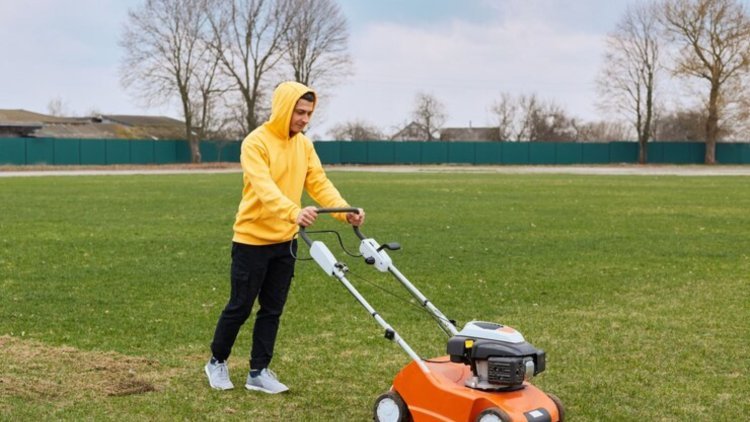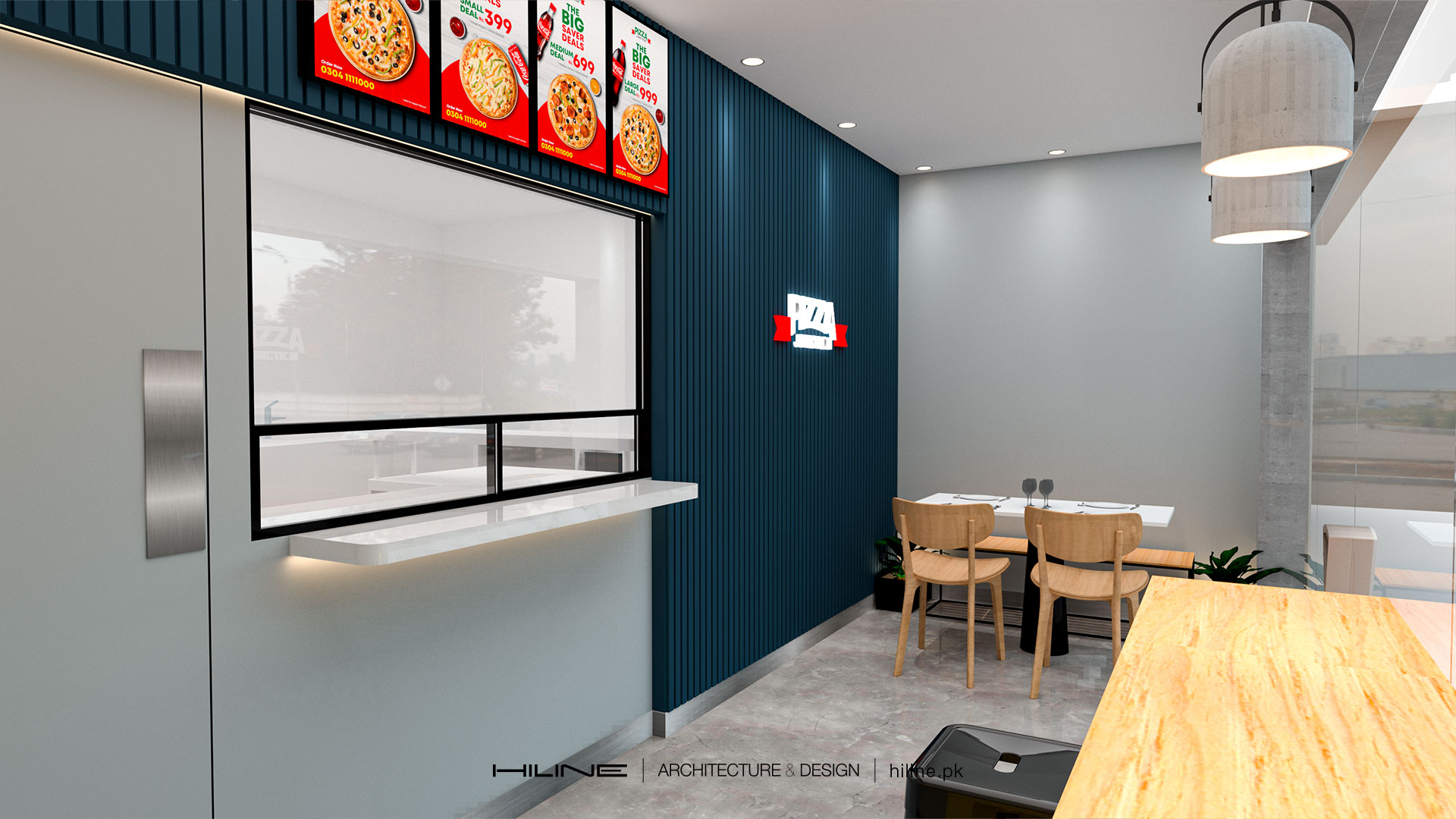Safety First: Ensuring Stability in Residential Lawn Mowing Services

Maintaining a lush, well-manicured lawn is a source of pride for many homeowners. However, the process of achieving that pristine look involves more than just regular watering and fertilizing. Lawn mowing is a fundamental aspect of lawn care, and while it may seem straightforward, it's important to prioritize safety and stability, both for the landscaping professionals providing the service and for the integrity of your property.
We'll explore the essential measures for ensuring safety and stability in residential lawn mowing services, emphasizing the importance of proper equipment, techniques, and precautions.
- Equipment Selection and Maintenance: The foundation of safety in residential lawn mowing services lies in the selection and maintenance of appropriate equipment. From push mowers to ride-on mowers, there are various types of machinery available, each suited to different lawn sizes and terrain types. Before starting any mowing job, it's crucial to inspect the equipment thoroughly, checking for signs of wear, damage, or malfunction. Blades should be sharp and properly aligned, and all safety features, such as guards and kill switches, must be in working order. By investing in high-quality equipment and conducting regular maintenance, lawn care professionals can minimize the risk of accidents and ensure optimal performance.
- Adhering to Safety Protocols: In addition to maintaining equipment, adherence to safety protocols is essential for preventing injuries and promoting a safe working environment. This includes wearing appropriate personal protective equipment (PPE), such as goggles, ear protection, and sturdy footwear, to shield against flying debris and noise hazards. Furthermore, establishing clear communication and signaling protocols among team members helps prevent collisions and ensure coordinated operations. By prioritizing safety awareness and accountability, residential lawn mowing services can minimize the risk of accidents and create a culture of safety within the workforce.
- Assessing Terrain and Obstacles: Before commencing any mowing activity, it's essential to assess the terrain and identify potential obstacles or hazards that could compromise stability or safety. Uneven terrain, slopes, hidden rocks, and debris can pose challenges during mowing and increase the risk of accidents or equipment damage. By conducting a thorough site assessment and taking note of any potential obstacles, lawn care professionals can develop a strategy for navigating the landscape safely and efficiently. Additionally, communicating with homeowners about any specific concerns or areas to avoid helps ensure a smooth and incident-free mowing experience.
- Proper Mowing Techniques: Effective mowing techniques not only contribute to a well-groomed lawn but also play a vital role in maintaining stability and safety during the mowing process. This includes mowing in a consistent pattern, overlapping mowing passes to achieve even coverage, and adjusting mower height based on grass type and seasonal conditions. Avoiding sudden direction changes or excessive speed helps maintain control and stability, particularly on uneven or sloped terrain. Additionally, being mindful of weather conditions, such as wet grass or high winds, can further enhance safety and prevent accidents.
Conclusion:
Safety and stability are non-negotiables when it comes to residential lawn mowing services near you. Lawn care professionals can ensure a safe and successful mowing experience for all parties involved by consideration of crucial factors. By taking the necessary precautions and following best practices, you can enjoy a beautiful, well-maintained lawn without compromising safety or stability.
What's Your Reaction?












![Wireless Connectivity Software Market Size, Share | Statistics [2032]](https://handyclassified.com/uploads/images/202404/image_100x75_661f3be896033.jpg)



